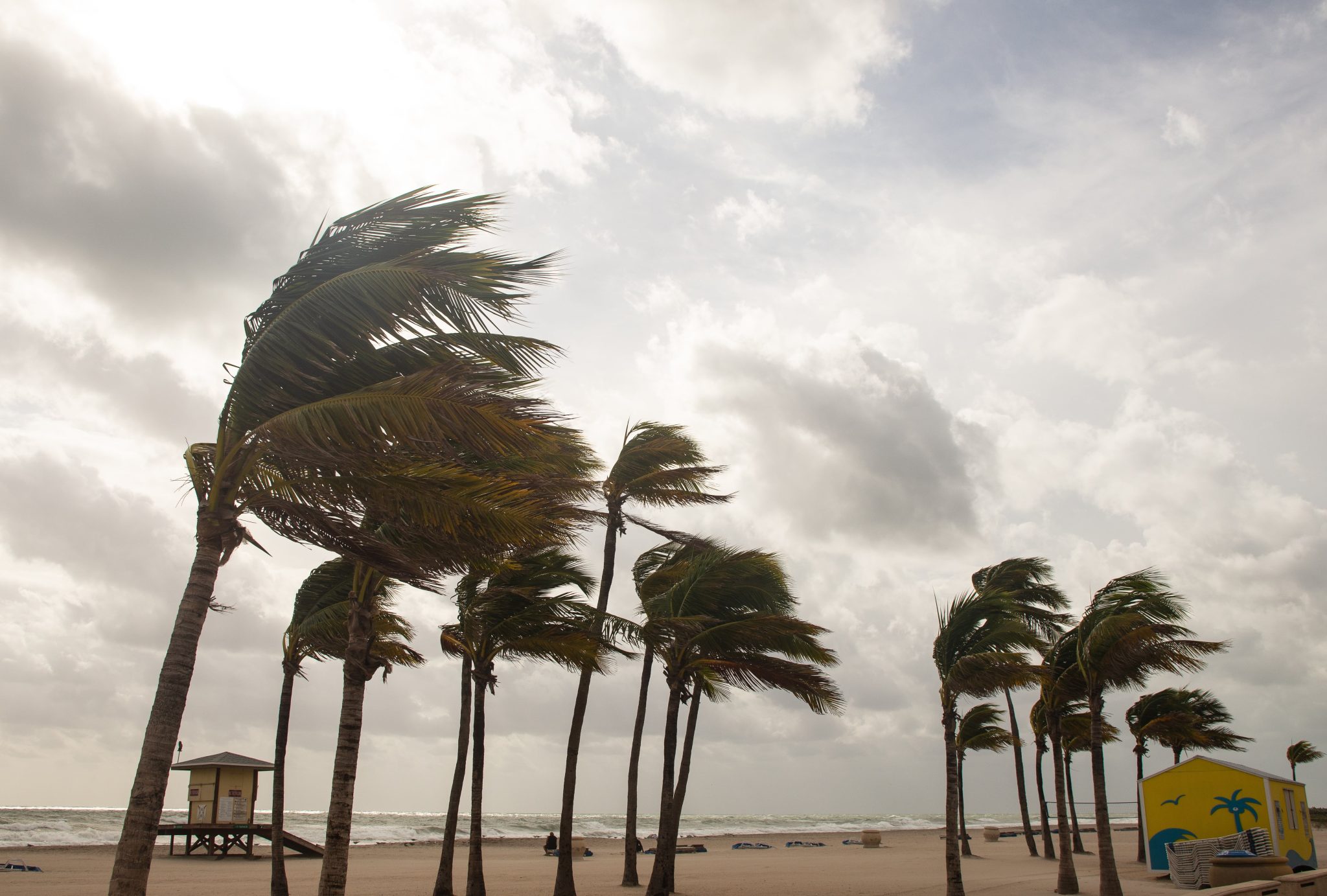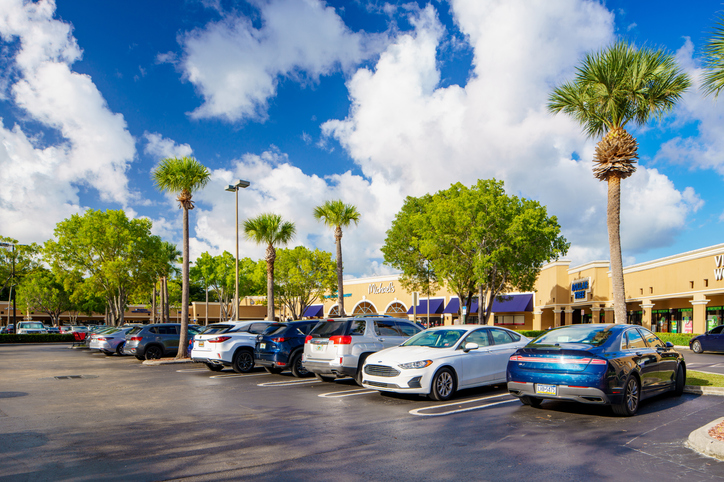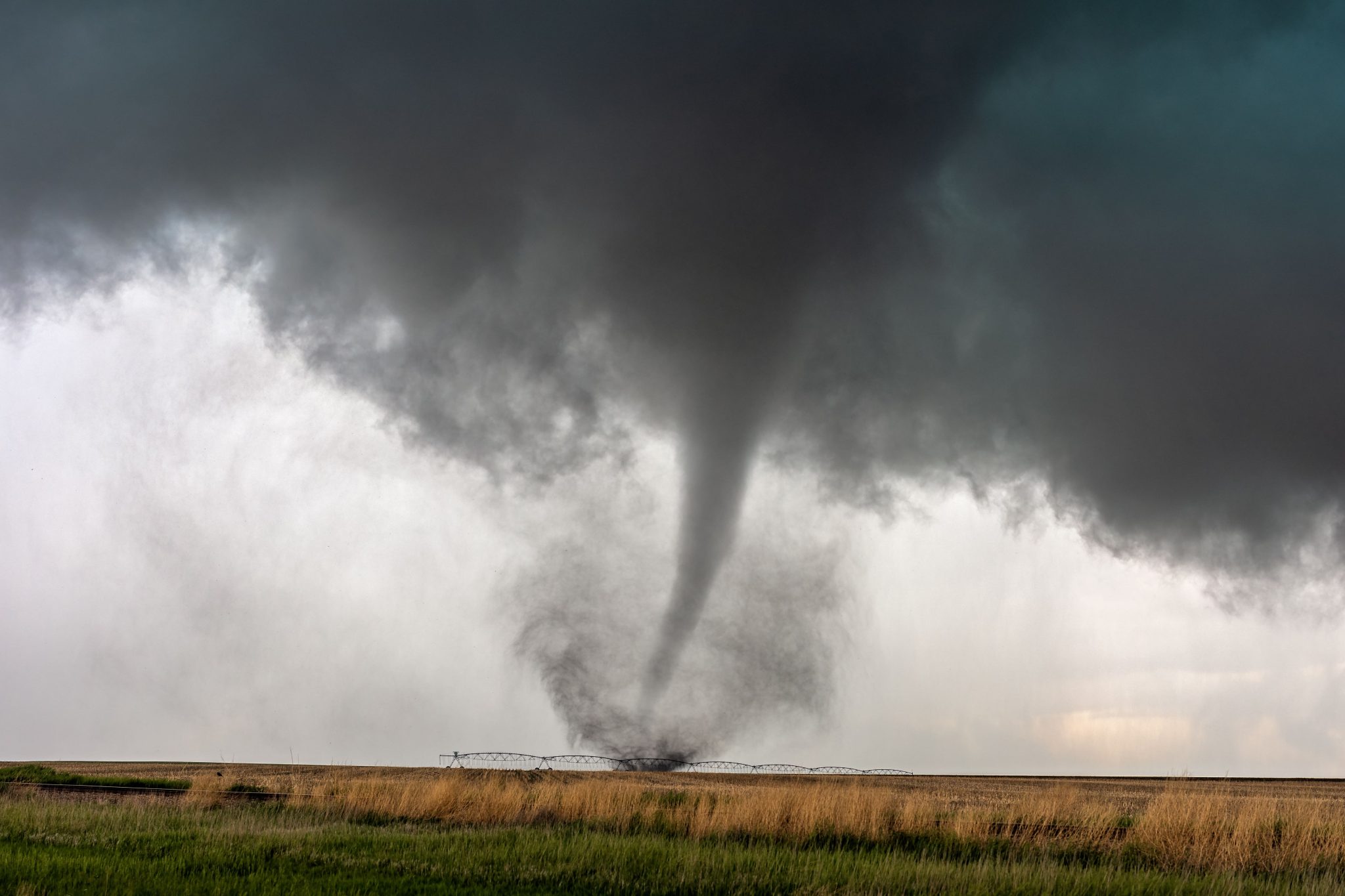
Do Hurricane Winds Blow Clockwise or Counterclockwise?
February 18, 2023
Verdicts & Settlements: $1,450,000 Policy Limits Paid in Shopping Plaza Collision
February 28, 2023Tornadoes in Florida

Every Floridian is familiar with tornado season. Tornadoes, violently rotating columns of wind most often created from supercell thunderstorms, have the potential to be extremely dangerous. With winds anywhere up to 300 mph, they can devastate homes, snap trees and powerlines in half and hurl cars around in their vortex. It’s critical to be vigilant and prepare yourself for a possible tornado encounter, especially as the weather heats up.
Florida has an average of 68 tornadoes per year and the highest frequency of tornadoes per 10,000 square miles compared to any other state. While the coast between Tampa Bay and Fort Myers is a particularly hot spot for tornadoes, they can form throughout the state. The counties with the highest frequency include:
- Hillsborough
- Pinellas
- Manatee
- Orange
- Seminole
- Polk
- Pasco
- Escambia
- Lake
- Osceola
Even if you’re not in one of those counties, tornadoes are not impossible: Jacksonville has experienced significant tornado activity over the years.
What’s unique about Florida is that, despite being one of the top five active states for tornadoes, it exists outside one of the biggest geographic groupings for tornadoes: Tornado Alley.
What is Tornado Alley?
Tornado Alley is a loosely defined region in the U.S. where the highest volume of devastating tornadoes tends to occur. It primarily encompasses Texas, Oklahoma, Kansas and Missouri and includes parts of Louisiana, Nebraska, South Dakota, Indiana, Missouri, Iowa, Illinois and Ohio.
Tornado Alley is known as an optimal spot for tornado formation. The dry, cold air from Canada travels south and clashes with the hot, humid air coming up from the Gulf of Mexico, meeting in the Midwest and resulting in supercell storms that create tornadoes.
Ultimately, the term “Tornado Alley” may give residents outside of this region a false sense of security. Although regions within the Alley have some of the highest frequencies of tornadoes in the country, tornadoes can form in any state.
There’s even evidence to suggest that Tornado Alley is shifting south and east, converging with Dixie Alley in the south. Dixie Alley is another general region with a recorded abundance of tornadoes, comprised of southern states along the gulf coast.
Despite the high frequency of tornadoes that occur in Florida, however, the state is excluded from both groupings.
Why Isn’t Florida Considered Part of “Tornado Alley”?
Florida is not included in either Tornado Alley or Dixie Alley, even though The Tampa Bay region experiences as many tornadoes, if not more, as the states in Tornado Alley, because of the average Florida tornadoes’ lack of strength comparatively.
The Gulf of Mexico is a major factor. The ocean basin slows down many of the tornadoes that cross into the state from the south. Tornadoes are spawned from supercell thunderstorms, and those are created from the collision of cold and warm fronts. The Gulf of Mexico halts the cold air’s momentum, reducing its speed.
As a result of the weaker wind speeds, fatalities in Florida are not as common as those in the Midwest and other southern states, and so the state isn’t recorded as part of those groups.
How to Prepare for a Tornado
Comparative tornado weakness does not mean Florida tornadoes don’t cause damage. In fact, they almost cause more damage than those in Tornado Alley. Florida’s large and dense population of mobile homes is particularly vulnerable to tornadoes of any strength.
Florida also has more tornadoes per season than Oklahoma or Alabama, creating an onslaught of nonstop tornadoes one right after the other that makes up for their lack of strength.
It is critical that Floridians prepare themselves for the very real possibility of experiencing a tornado in spring and summer. Here are some safety tips to help as you get ready for tornado season:
- Pay attention to changing weather conditions.
- If you hear a tornado warning or see a wind funnel, take shelter immediately.
- Know where you can shelter beforehand.
- If you’re at home, the safest place to be is an inside room on the lowest floor with no windows (closet, hallway or bathroom if it has no windows).
- The same principle applies if you’re in a public building (mall, theatre, etc.). If you’re in a school or hospital, immediately get into the innermost parts of the lower floor, avoiding windows and glass hallways.
- Do not stay in your car or mobile home. Plan to stay with family or friends with a more secure home. If you can’t, and you’re out in the open, lie flat with your arms over your head in a ditch or gulley.
If you sustain property damage during tornado season, Kanner & Pintaluga will fight to ensure your claim receives the fair treatment you deserve. Call 800.586.5555 or fill out the form here to get a free case evaluation from a storm damage lawyer.

